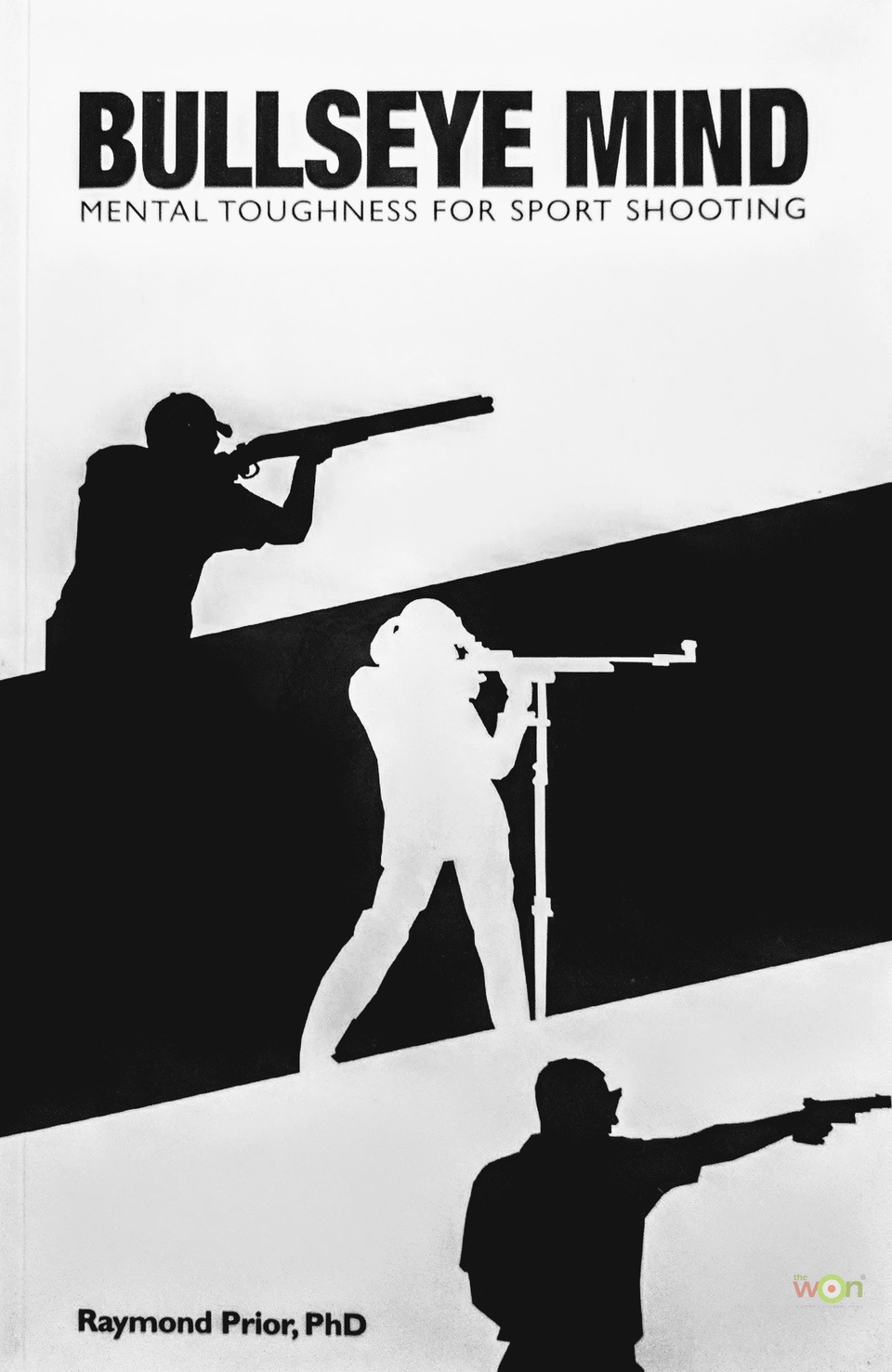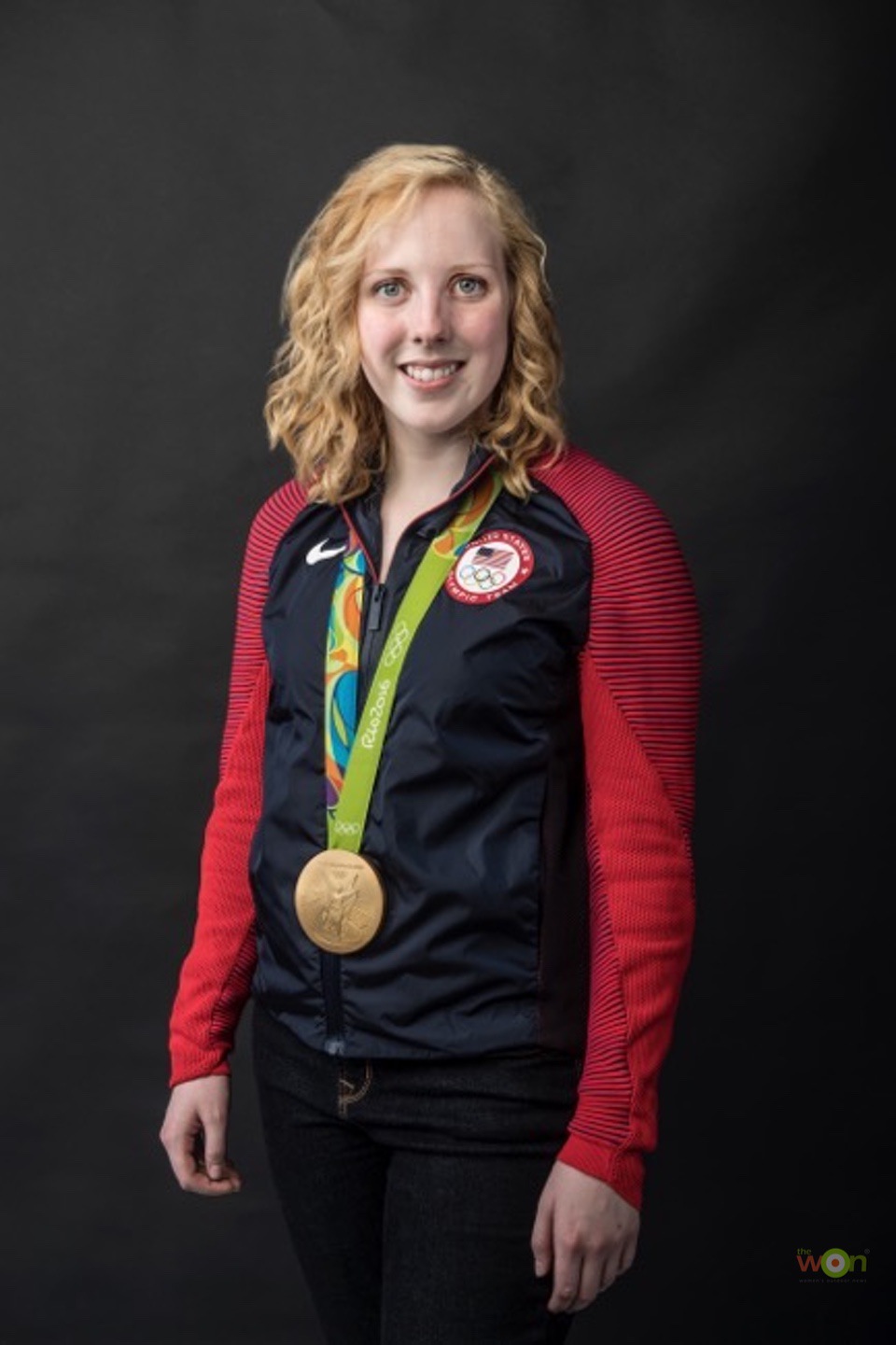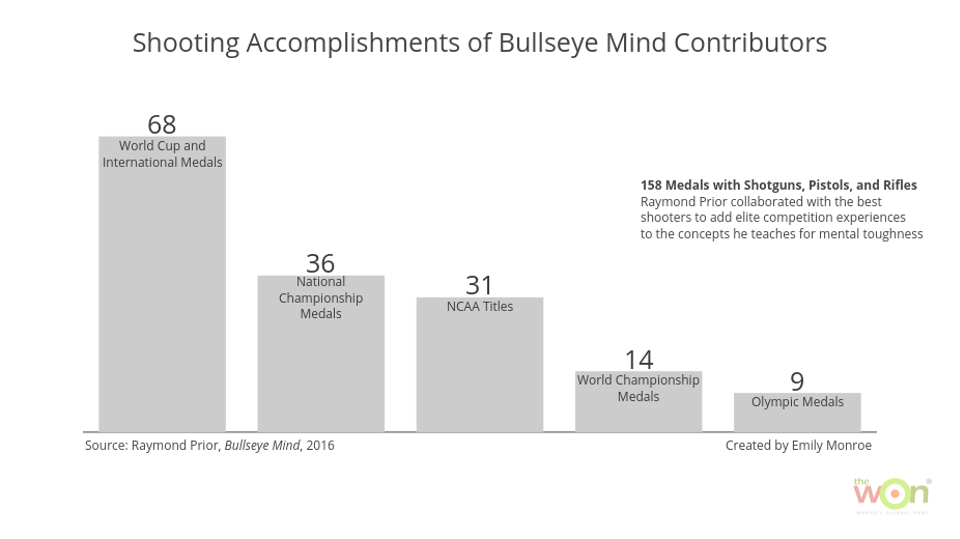Shooters looking to take their games to the next level might be tempted to stock up on ammo and hit their ranges for more trigger time. They might try to have a coach or teammate watch their techniques and provide feedback. Perhaps shooters might even search online for advice on the particular skills they are trying to build mastery in. Any of these things could lead to an incremental improvement in a shooter’s range game. But if competitive shooters want to elevate their crafts to a whole new level, they need to read Bullseye Mind: Mental Toughness for Sport Shooting, by Raymond Prior.

Why would I recommend reading a book over performing drills or asking for technical feedback from fellow shooters? To answer this, I want to share some of my background. As a coach and competitor, I often default to those very things when I want to see some improvement in my rifle shooting. But working as a product engineer in medical devices and in the firearms industry, I learned quickly that the best way to pick up new skills and techniques is to ask the office all-stars how they learned to do what they do. Sometimes an engineer teaches me the given skill directly, but more often than not, someone will advise me to look into a class, book, or training manual. I learn many things this way.
When given the opportunity to interview Olympic champion air rifle shooter Ginny Thrasher last year, I followed my own advice and asked her what she would recommend to a shooter who wants to improve her game. Ginny unhesitatingly suggested reading Bullseye Mind as a way to build the mental toughness she displays in competition. In that interview she said, “I work on my mindset and inner dialog a lot. West Virginia University has a sports consultant on staff, and I work with him a lot.” That consultant happens to be Raymond Prior, who holds a doctorate in psychology and wrote Bullseye Mind. I decided to listen to Ginny, an undisputed all-star of the shooting sports, to see what I could glean from its pages.

(Brian Persinger, WVU Athletic Communications photo)
Getting into Bullseye Mind takes a bit of “mental toughness.” The book is short at 124 pages. But the font is tiny and the chapters are chock-full of challenging information. So a chapter averages about five pages in length (“I already finished a chapter? Sweet!”) but Prior packs a lot of concepts into those pages. This makes it hard to simply skim Bullseye Mind, but it also means there is something to think about with each chapter. There is simply no fluff in this book.
Prior is a big fan of being in a specific, “trusting” mindset while competing. Too many shooters try to control their shooting in a thinking mindset, Prior writes, to the detriment of their performance. Thinking is great in training but it can cause fear, anger, and nerves to get the better of shooters during a competition. Instead, he suggests that “your body and your mind work together best when you simply see the target and react.” (Bullseye Mind, p. 18)
Thankfully, in addition to explaining why it matters, Prior shares several ways to help get into a trusting mindset. Bullseye Mind includes tips for visualization, journaling, goal setting (he prefers the term “dream” to “goal”) and competition planning to maximize performance.
In addition to the psychological concepts to build mental toughness that Prior shares, he also includes a note on each concept from a “high profile” sport shooter. I loved reading what legendary rifle shooter Matt Emmons had to say about intentionally forgetting bad shots. I also found it helpful to see 2-time Olympic skeet champion Vincent Hancock describe the confidence he feels when he walks onto the field for a competition. By my tally, the shooters in Bullseye Mind had a cumulative 158 national and international medals won as of 2016, when the book was published. With Olympians in shotgun, pistol, and rifle sports, the breadth of experience shared in the book makes the lessons applicable to almost any competition shooter.

While reading Bullseye Mind I had a bit of a self-reflective epiphany. In one of the first chapters, Prior explains the difference between an “ego shooter” and a “mastery shooter” and believe me, you do not want to be classified in the “ego” category. “Ego-driven athletes do their best not to lose instead of competing to win,” he writes, putting pressure on themselves to perform to a certain level. Fear of failure means ego shooters see a lot of variation in their performance, shooting well when things are feeling good but shooting only “good enough” otherwise. In contrast, mastery-driven shooters “desire to learn, improve and excel … The shot they are about to take matters much more than its potential consequences.” (Bullseye Mind, p. 24-25)
As I reflected on this chapter of the book, I realized that I am an ego shooter, not a mastery shooter. I can recount handfuls of smallbore and air rifle matches where I tallied my score as I shot so that I could think about whether my score would reach a certain benchmark. That is classic ego behavior. It is a rare match for me to be process-focused. Initially this made me sad, because Prior implied that being ego-driven is limiting my potential. However with the advice in Bullseye Mind, I think I can improve my shooting with dedicated process-oriented training. While he condemned ego-driven shooting, Prior also advised that it is “important to remember that you don’t have to accept limitations on how good you can be. Remember to dream big.” (Bullseye Mind, p. 91)
Ginny Thrasher told me last year that she particularly took to heart Prior’s advice to journal daily about training, dreams, and process-based learning. She said that she journals “every day to make sure I am living an intentional day.” I know that is something I can do to take my shooting game to the next level. How about you?
It started as sibling rivalry and grew into a lifelong passion. Target shooting is at the core of Emily Houston Monroe's past, present, and future. A decorated junior and collegiate rifle shooter, Emily now works as an engineer at a leading firearms manufacturer where she can bring her passion for firearms to a new level. In her blog The “How-To” Gun Girl, she will share her experience in various shooting sports. From targets to turkeys. From smallbore rifle up to .338 Lapua Magnum. From 10 meters to 1600 yards. If it is a shooting sport, the "How-To" Gun Girl will try it out and explain it all. View all posts by Emily Houston Monroe
If it is not available on Amazon, you can buy it directly from the author at his website: https://www.rfpsport.com/store/p1/Bullseye_Mind.html
I bought it at Creedmoor Sports but it appears they are backordered too! Hope this helps!
Amazon and Barns & Noble do not list this book as “available”. Where can I find it??